Types & Role of Crop Insurance in Indian Agriculture
टेबल ऑफ कंटेंट
If there is one industry in India that is boosting the economy of the nation and providing a wide range of employment opportunities then it’s only farming or agriculture. Indian Farming Sector has been the backbone of the country's economy for centuries.
It prevails so much in India that India is known as an agricultural nation. However, the Indian Agricultural Economy is fraught with uncertainties, particularly due to the dependence on unpredictable weather patterns and natural calamities.
This is when crop insurance shows up as a critical tool for safeguarding the interests of Indian farmers. With adequate agricultural insurance, farmers can have great financial well-being, foster agricultural sustainability, and have immediate damage coverage.
In this blog, we’re going to talk about the leading types of crop insurance that farmers of India have for their help.
What is Crop Insurance?

Before we take you on a quest to explore leading types of crop insurance, let’s understand the basic meaning of this financial tool. It’s like any other insurance option we have. The only difference is that it covers different assets.
For any farmer, the biggest asset is his crop and crop insurance aims to protect it only. It provides damage protection to standing and post-harvest crops.
Like car insurance provides coverage against damage caused because of accidents, theft, vandalism, and natural disasters, crop insurance provides coverage against crop damages happening due to:
-
Natural disasters like drought, hailstorms, floods, and rain
-
Accidental fire
-
Market price shifting
How Does Crop Insurance Work?
Crop insurance works like any other insurance. Here is an overview of its basic process.
-
Farmers choose the right insurance provider. They can insure crops, seeds, and commercial crops insured under this insurance.
-
They submitted the requested documents for this insurance.
-
They continue paying the premium every month. The insured sums are decided based on multiple factors like type of crop, location, and calamity years.
-
When crop loss is incurred due to any of the covered reasons, farmers apply for the claim.
-
Insurance providers processed the claim according to the conditions of the crop insurance policy.
Which All Documents Are Required To Apply For Crop Insurance In India?
If you wish to have a smooth crop insurance policies processing experience in India, you need to keep all the crucial crop insurance documents required handy. Without proper documents, applying for crop insurance policies in India is not possible as rejection rates are high.
Below mentioned are the most required crop insurance documents in India.
-
Duly completed claim form
-
Land Registration Papers or Land Patta Number
-
Land Ownership Documents
-
Aadhar Card
-
Personal Identification Proof-like ration card, PAN Card, and/or voter card
-
Bank Account Details
-
Sowing Declaration
-
Claim Reimbursement Form or the Application Form
What are the Crop Insurance Benefits in India?

The diverse climate of India is both a boon and a bane because it can lead to uncertainty. Indian Agricultural Economy has faced the wrath of untimed rain, flood, drought, and other natural calamities. The direct impact of these nuisances is on post-harvested and standing crops.
While we can’t avoid natural calamities, we can help farmers deal with the financial damages that come with these calamities. With the help of agricultural insurance, it’s possible, given below are the crop insurance benefits:
-
One of the crop insurance benefits is that it provides income stability to the farmers. They will get compensation for the loss incurred due to any reason.
-
To save farmers from unwanted debts is another crop insurance benefits. Instead of taking loans from unauthorized bodies that will push them into the never-ending debt cycle, farmers can take loans against their insurance and have the least possible debt troubles.
-
To protect our farmers. Due to excessive loss, farmers often end their lives and no nation can afford to lose their farmers. Crop insurance provides stability to our farmers which does a great job in reducing the suicide ratio in India.
-
Crop insurance benefits also include Investment in modern farming techniques as farmers will have enough capital to purchase high-yield seeds and improved agricultural practices.
All in all, agricultural insurance protects farmers and the economy of a nation. Hence, every farmer should know its worth and get suitable insurance.
Who can Apply for Crop Insurance in India?
Farmers who are planting notified crops in notified regions as designated by the state government are eligible for insurance. Loanee farmers' crops are required to be insured, but no loanee farmers can choose to insure their harvests.
Types of Crop Insurance in India
There are three types of crop insurance in India. Next, we have explained these three types in detail.
-
Multiple Peril Crop Insurance: This is the most commonly used crop insurance type in India that provides financial coverage against weather-related loss incurred to standing and post-harvest crops.
-
Actual Production History: This crop insurance covers the crop against the loss that happened due to wind, hail, insects, etc. In addition to this, it also covers the lower yield and compensates farmers for estimates and the real crop cost difference.
-
Crop Revenue Coverage: Lastly, we’ve crop revenue coverage that provides coverage against the crop price difference.
If you’re interested in knowing about leading crop insurance policies or agricultural insurance schemes in India, let’s find out more about them below.
1. Pradhan Mantri Fasal Bema Yojana – PMFBY
The Pradhan Mantri Fasal Bima Yojana ensures the protection of the food crops, oilseeds, horticulture, and commercial crops announced by the state government.
The Pradhan Mantri Fasal Bima Yojana aims to stabilize the income of farmers to ensure continuity in their farming activities.
Furthermore, it encourages farming activities by adopting different innovative and modern methods of agricultural practice such that the flow of credit in the agricultural sector is assured.
Under Pradhan Mantri Fasal Bema Yojana Farmers will pay an actuarial/bidded premium but a uniform maximum premium of only 2%, 1.5 per cent, and 5% for all Kharif crops, Rabi crops, and commercial/horticultural crops, respectively. Premiums beyond these limitations are split 50:50 between the federal and state governments, except in the Northeastern region, where it is 90:10.
2. Weather-Based Crop Insurance Scheme – WBCIS
The Weather-Based Crop Insurance Scheme was launched in 2016 and is administered by the Ministry of Agriculture and Farmers Welfare.
The weather-based crop insurance scheme aims to lessen the hardships of the insured farmers against the occurrence of financial loss over the crop loss resulting from adverse weather conditions such as heavy rainfall, temperature, or humidity.
Food crops, oilseeds, and horticultural/commercial crops are all covered by insurance.
The maximum premium for all farmers, such as PMFBY:
-
2% of the money insured during the Kharif season.
-
The Rabi Season accounts for 1.5 per cent of the total sum covered.
-
Crops grown for commercial or horticultural purposes account for 5% of the total sum covered.
The difference between the actual premium and the rate of insurance paid by farmers will be split evenly between the Centre and the State.
When the weather indices (rainfall/temperature/relative humidity/wind speed, etc.) diverge (less/more) from the Guaranteed Weather Index of notified crops, all insured farmers in the notified region are entitled to a claim payment equivalent to the deviation/shortfall.
3. Coconut Palm Insurance Scheme – CPIS
Coconut palm growers have insurance protection. The premium fee per palm varies from Rs. 9.00 (for plants aged 4 to 15 years) to Rs. 14.00 (for plants aged 16 years and up) (in the plant age group of 16-60 years). Premium subsidies range from 50 to 75 per cent for all categories of farmers.
When the palm is damaged, the insured is entitled to a claim reimbursement equal to the input cost loss damage in the reported locations.
4. Unified Package Insurance Scheme
The Unified Package Insurance scheme aims to provide farmers with financial security and full risk coverage for their crops, properties, lives, and student safety. Crop Insurance (PMFBY / WBCIS), Loss of life (Pradhan Mantri Jeevan Jyoti Bima Yojana (PMJJBY)), Accident Insurance (Pradhan Mantri Suraksha Bima Yojana - PMSBY), Student safety, Household, Agriculture equipment, and Tractor are among the seven sections covered by the pilot.
Insurance for crops will be required. Farmers can, however, choose at least two pieces from the remaining areas.
Farmers may be able to obtain all the necessary insurance products using a single proposal/application form and a single window.
Apart from asset insurance, the government's major programs, PMSBY and PMJJBY, have been included.
How are Crop Insurance Schemes Administered or Delivered?
Various insurance crops are mainly designed to deliver agricultural insurance. The concerned State Government is solely responsible for choosing an insurance company to provide crop insurance in the state, and this decision may change from season to season. The Government of India has authorized the following general insurance companies to handle crop insurance:
Some of the companies that are responsible for providing crop insurance are as mentioned below:
1. HDFC ERGO General Insurance Co. Ltd
2. TATA – AIG General Insurance Co. Ltd
3. Cholamandalam MS General Insurance Co. Ltd.
4. Bajaj Allianz General Insurance Co. Ltd
5. SBI General Insurance CO. Ltd
How Much of a Premium Must a Farmer Pay to Obtain Insurance Coverage?
NAIS: Food and oilseed crops are subject to flat premium rates ranging from 1.5 per cent to 3.5 per cent. Actuarial premium rates are charged for annual commercial and horticultural crops. Premium subsidies ranging from 40% to 75% are given to all farmers to make it more affordable.
WBCIS and MNAIS: Premiums are charged at actuarial rates that differ from crop to crop and location to area. Premium subsidies are given to all farmers to make it more affordable.
Risks Under Crop Insurance in India
1. Basic Risk
The term "basis risk" refers to the likelihood that an insured person would not get any compensation despite suffering a loss. Alternatively, it could relate to the potential of a payoff to a farmer who has not sustained any losses. As a result, basis risk refers to the insurance company's mistakes.
2. Spatial Risk
Crop insurance is vulnerable to geographic risk. This is because one farm in each area is designated as the reference farm. As a result, there may be variances in weather conditions between the reference farm and the actual farm. As a result, the yields are misinterpreted at the ground level, leading to the two inaccurate options indicated in basis risk.
3. Other factor risks
Crop insurance treats all farms in a certain area as homogeneous entities. This is not the situation. Even if there was no human intervention, the yield would vary greatly from farm to farm. This disparity would be due to variances in irrigation availability, agricultural soil type, and other factors.
What is Not Included in Crop Insurance?
If you want to make the most use of your crop insurance policy in India then you must be aware of the risks that are not covered by any of the agricultural insurance policies.
Crop insurance will not help you if crop loss is because of the:
-
War and nuclear attack
-
Malicious damage
-
Distraction of the crop as per the government order
-
Birds or animals
-
Ionizing radiations
Final Say
Farmers need financial security for sure. They shouldn’t be allowed to see their efforts wasted because of any natural calamity or accidental damage. They need a safety net to deal with situations and that safety net is crop insurance.
Offered to protect farmers, crop insurance brings great relief. This post explained its benefits and leading types. Now, you tell us. Do you have any agricultural insurance to protect you?
If not, get it today and stay tuned with us to learn more information from the agriculture industry.
कैटेगरी
और ब्लॉग पढ़ें
जब विश्वसनीय और मजबूत ट्रैक्टरों की बात आती है, तो स्वराज ट्रैक्टर्स का नाम हमारे दिमाग में ज़रूर आता है। क्यों ? क्योंकि, कई दशकों से स्वराज के ट्रैक्टर विश्वास और प्रदर्शन का पर्याय रहें है। इसके ट्रैक्टर महज़ वाहन नहीं हैं;...
Looking for a fruit that you can cultivate easily and earn a great profit margin? Try dragon fruit cultivation in India. Because of its huge demand in the market, the cultivation of Dragon fruit has become a great cultivation option.
In this blog,...
Are you all set to get an ideal tractor under 8 lakhs? Then, this blog is definitely for you.
The hardest task for any farmer is to decide which tractor they buy. A tractor acts like the spine of a farmer and is...
इसके बारे में अपनी टिप्पणी लिखें Types & Role of Crop Insurance in Indian Agriculture
.webp&w=1920&q=75)
ट्रैक्टर और कृषि से जुड़े सबसे अधिक खोजे जाने वाले ब्लॉग्स
30 Jul 2025
30 Jul 2025
29 Jul 2025
08 Sep 2025
03 Jul 2025
30 Jul 2025
30 Jul 2025
30 Jul 2025
29 Jul 2025
30 Jul 2025
29 Sep 2025
31 Jul 2025
30 Jul 2025
31 Jul 2025








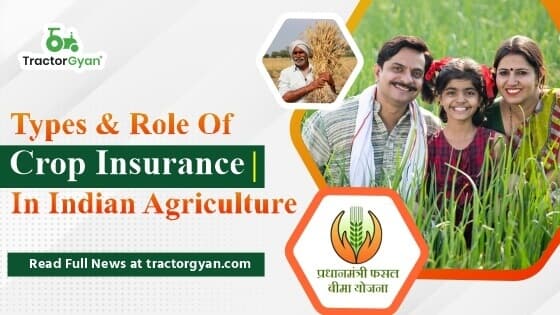






.webp&w=2048&q=75)
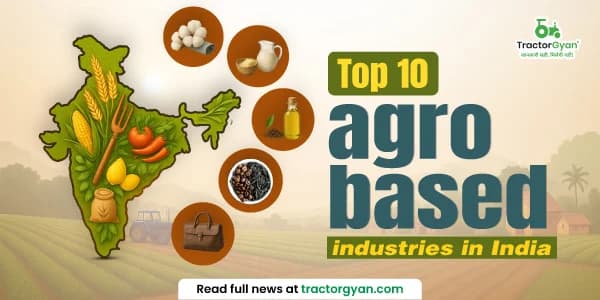
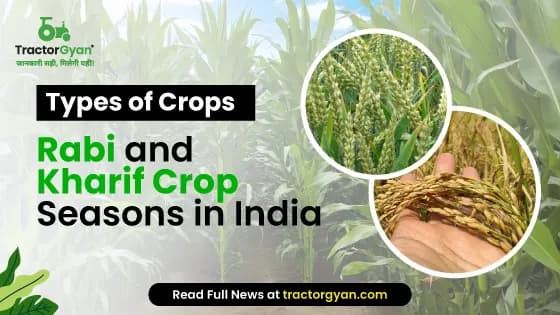
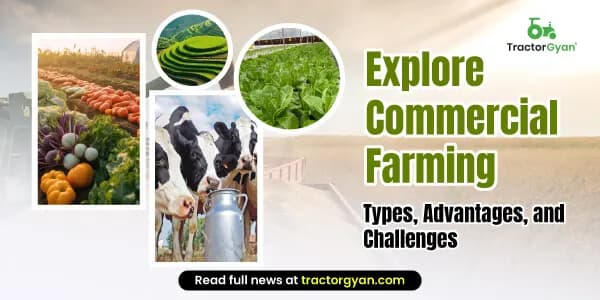
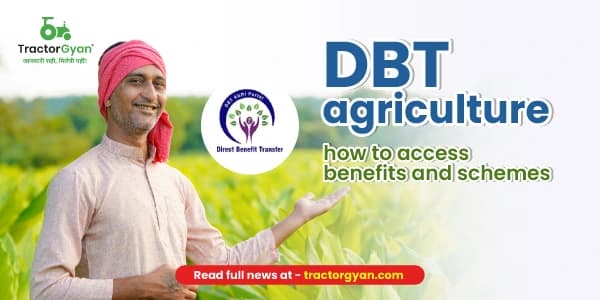
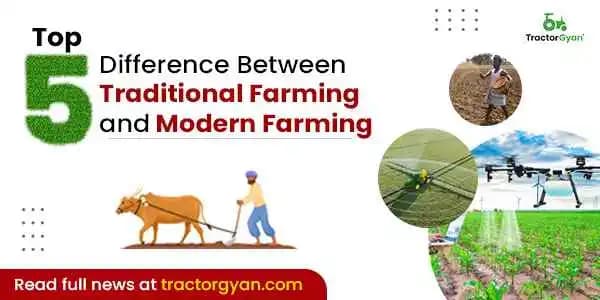
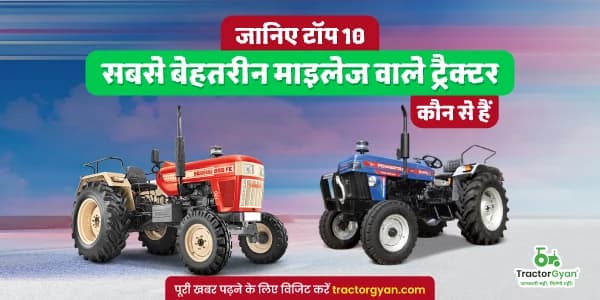
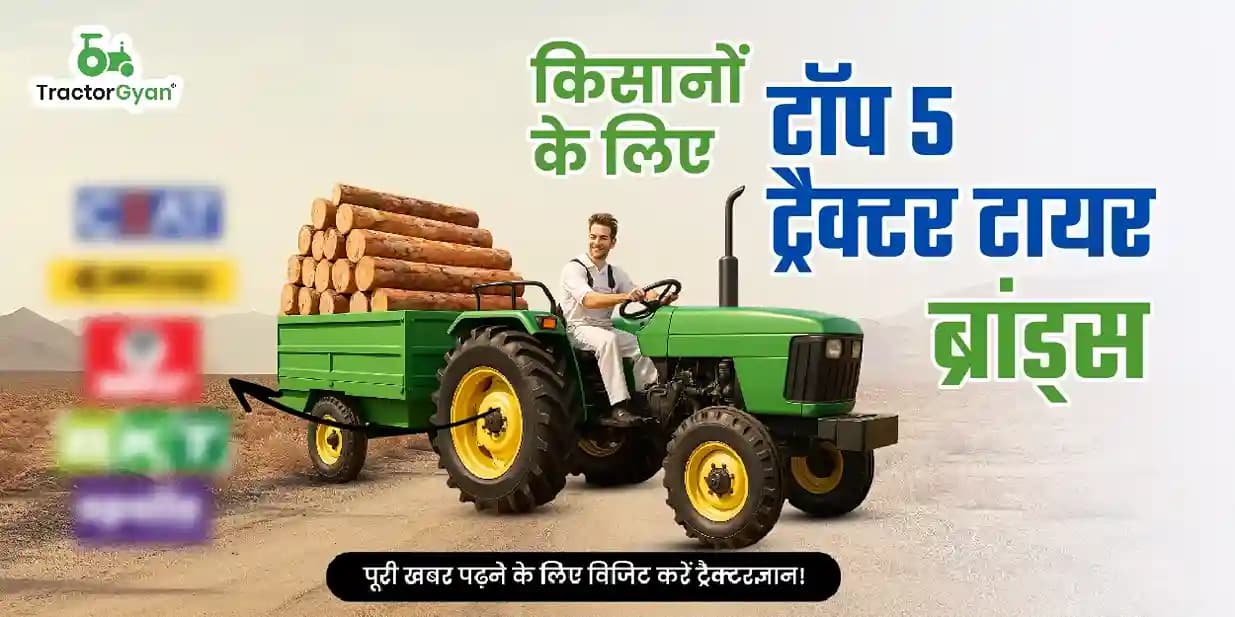
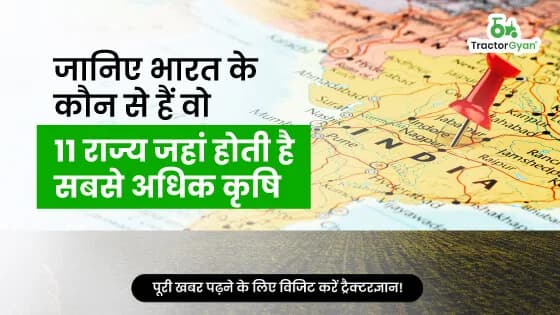
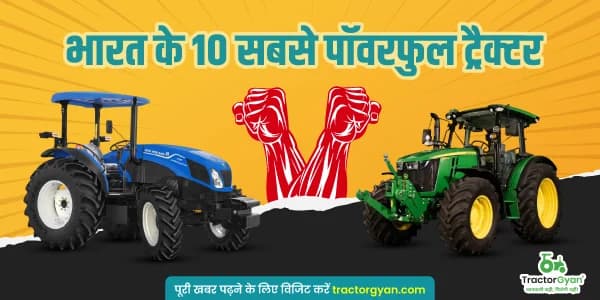
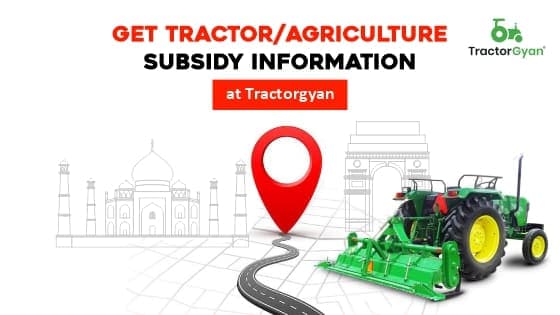
.webp&w=2048&q=75)
.webp&w=2048&q=75)



























